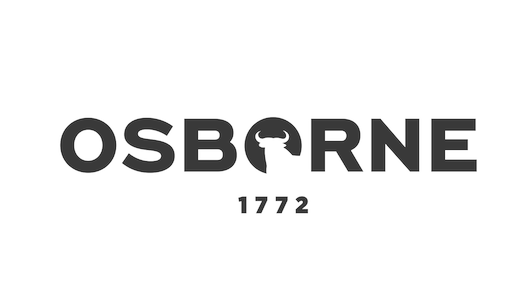Presentation
Algae in Japan: history of their cultivation, food culture and future prospects

Culturally we identify the growing and consumption of algae with the Orient, but these countries must also rethink their methods with an eye on the future.
Algae have been a major source of food in Japan since ancient times. They appear in many ukiyoe paintings from the Edo period, and have given rise to a unique food culture and history. Even nowadays, several types of algae, especially the kombu, wakame and nori, are a daily feature of meals, and are essential ingredients for the Japanese.
Moreover, algae on the Japanese coastline, even the cultivated variety, are in danger of being devoured by fish or sea urchins, mainly due to global warming, and now – in a traditional producer country such as Japan – there is a certain amount of dependence on imports. In a bid to promote future algae growing in the outer waters, Japan has elected to learn from Western examples, while simultaneously devising ways to maintain the country’s unique crops.
Related talks
Presentation

The role of algae cultivation in a sustainable future
09:20 - 09:50 HRS
Carlos Duarte
Profesor of Marine Science (Saudi Arabia)
Presentation
.jpg)
The algae revolution: an assessment of macroalgae and microalgae as foodstuffs in a global context
12:45 - 13:15 HRS
Juan Luis Gómez Pinchetti
Scientific director and head of the Biotechnology and Cultivation Unit, Spanish Algae Bank
Presentation

Microalgae in the ocean: the key to quality maritime food
17:25 - 17:55 HRS
Susana Agustí
Professor of Marine Sciences at the King Abdullah University of Science and Technology in Saudi Arabia (KAUST)
Presentation

Restoration of seagrass meadows and optimism
12:10 - 12:40 HRS
Karen McGlathery
Director of the UVA's Environmental Resilience Institute, she also leads the Virginia Coast Reserve Long Term Ecological Research Project
Presentation

Sea resources
09:55 - 10:25 HRS
Ángel León
Chef of Aponiente*** (Puerto de Santa María, España)
Presentation

Made in Sannio
11:05 - 11:35 HRS
Giuseppe Iannotti
Chef at Krèsios* (Telese Terme, Campania, Italy)
Presentation

The Matéria Project and the Portuguese sea
18:05 - 18:35 HRS
João Rodrigues
Chef at Feitoria* (Lisbo, Portugal)
Presentation

The Cataria Project
13:25 - 13:55 HRS
Aitor Arregi
Chef at Elkano* (Getaria) and Cataria (Cádiz)
Presentation

The new narrative in the fishing sector: a balance between sustainable usage and conservation of the seas
13:25 - 13:55 HRS
Javier Garat
Secretary General of Cepesca
Presentation

The invasive seaweed species Rugulopteryx okamurae. Captain Nemo’s ‘tabasco’?
11:30 - 11:55 HRS
Fernando G. Brun
Professor of Ecology, University of Cádiz
José Lucas Pérez Lloréns
Professor of the Biology Department, University of Cádiz
David Chamorro
Director Food Idea Lab
Presentation

Iberostar Wave of Change
10:30 - 11:00 HRS
Soraya Romero
Global Head of Engagement & Diversity, Iberostar Group
Presentation

Amazonia, the unknown sea
11:35 - 12:05 HRS
Pedro Miguel Schiaffino
Chef at ámaZ, (Lima, Perú)
Presentation

The world's last cuisine
12:45 - 13:15 HRS
Pepe Vieira
Chef at Pepe Vieira* (Poio, Pontevedra, Spain)
Presentation

Oceans 2050. Cultivation of carbon in seaweed
13:20 - 13:50 HRS
Alexandra Cousteau
Environmentalist and underwater filmmaker
Presentation

Present and future of Spanish aquaculture
11:40 - 12:20 HRS
Paloma Carballo
Head of the Ministry of Agriculture, Fishing and Food’s Department of Fishery Planning and Aquaculture’s Aquaculture Area










